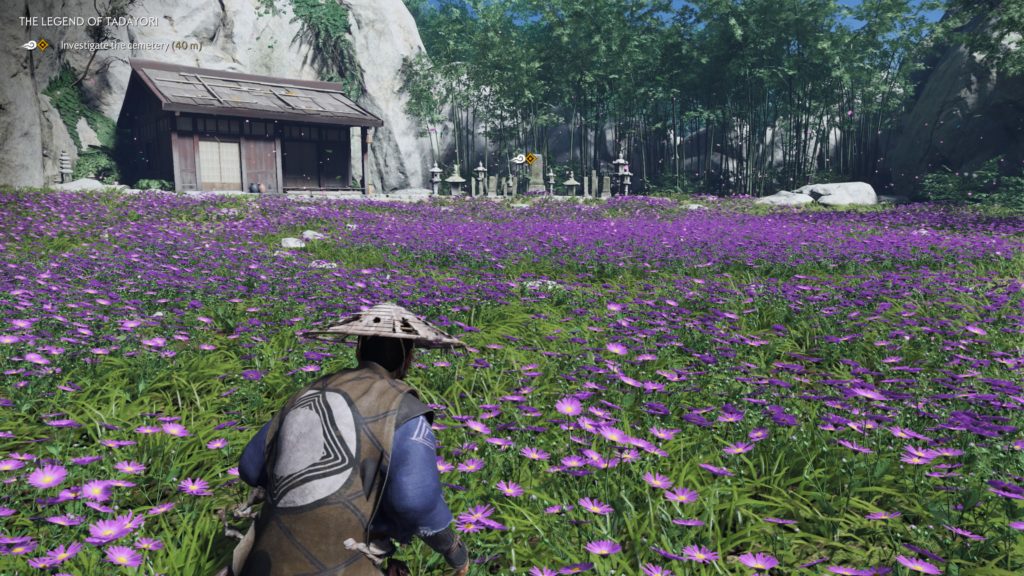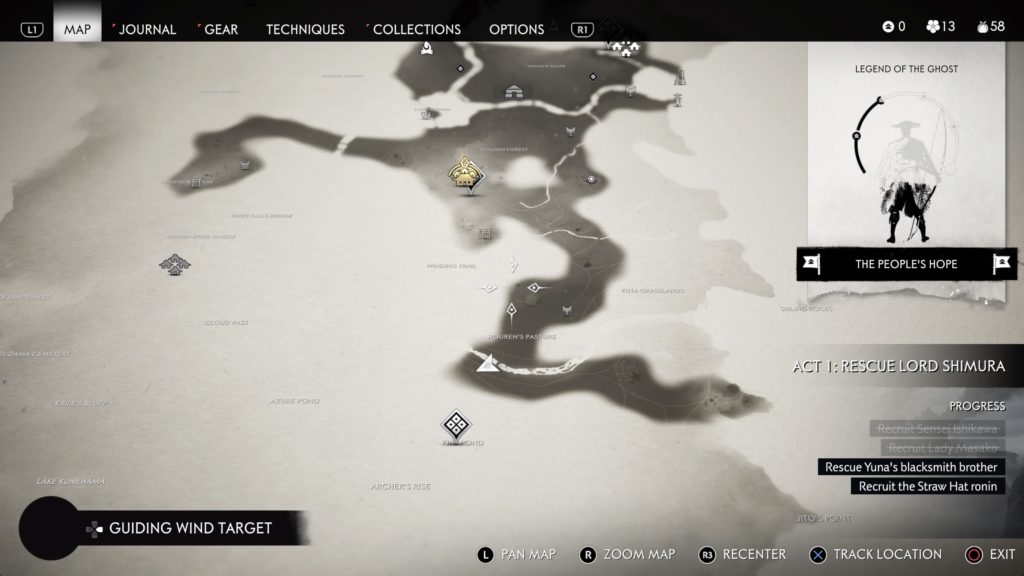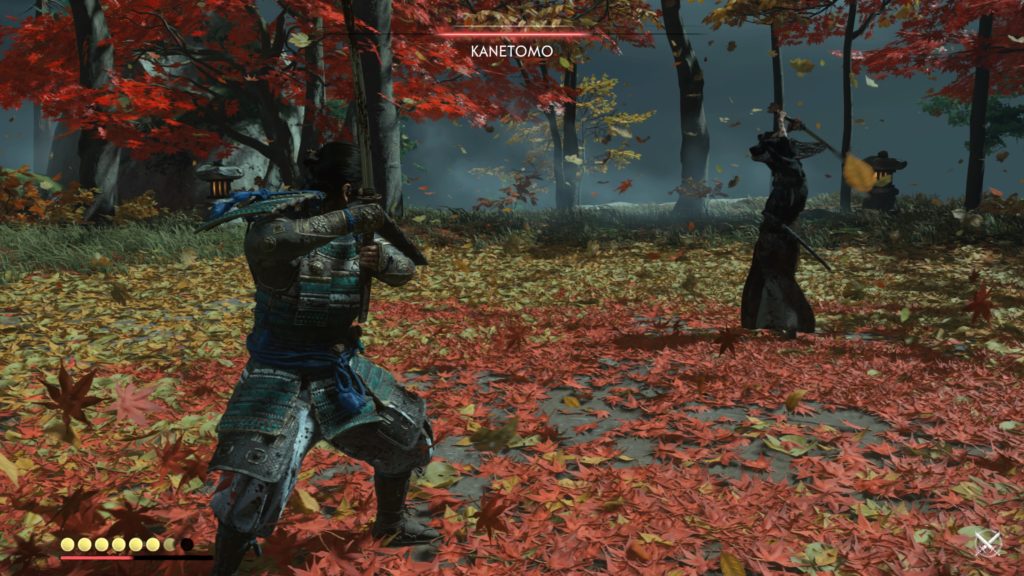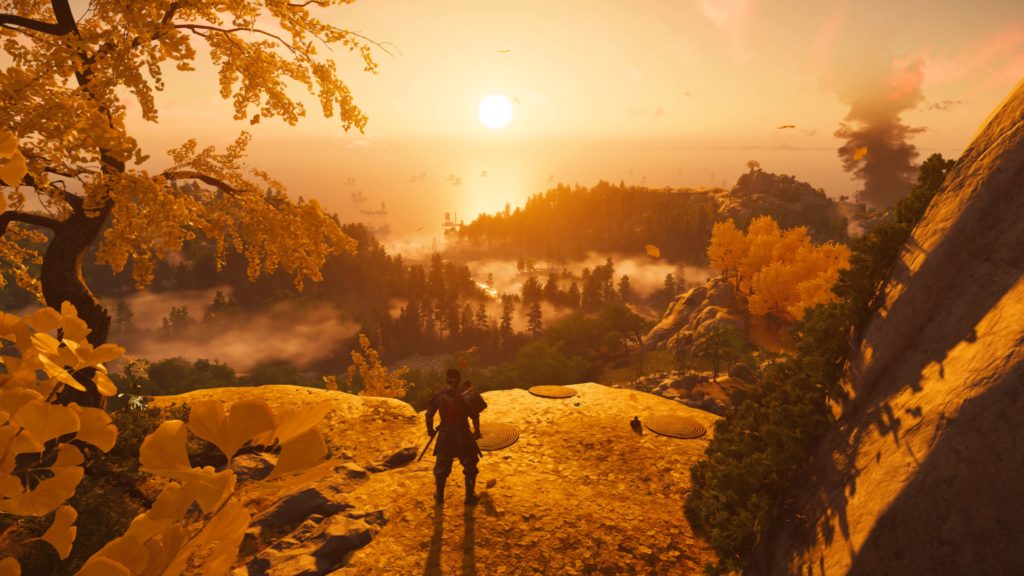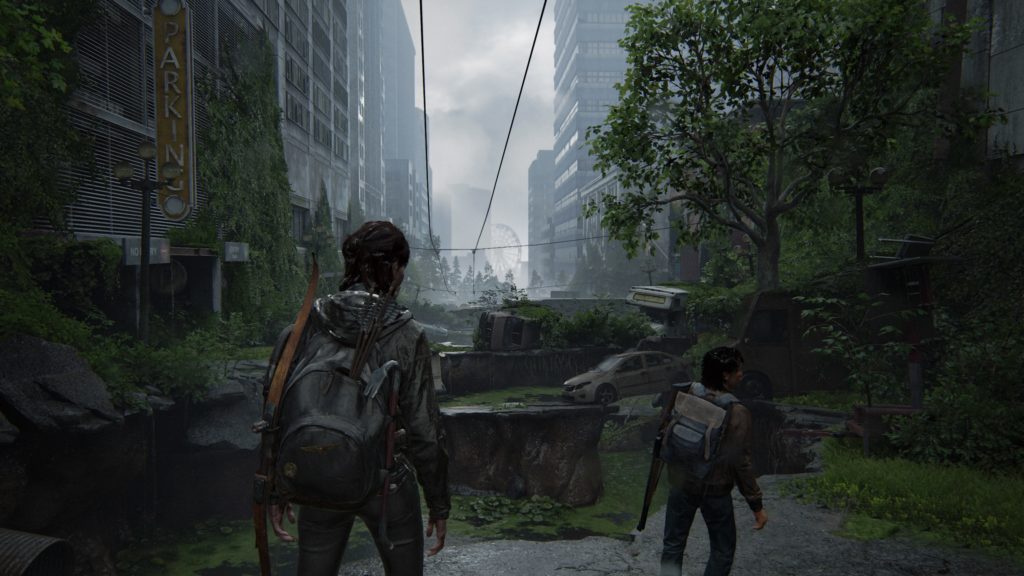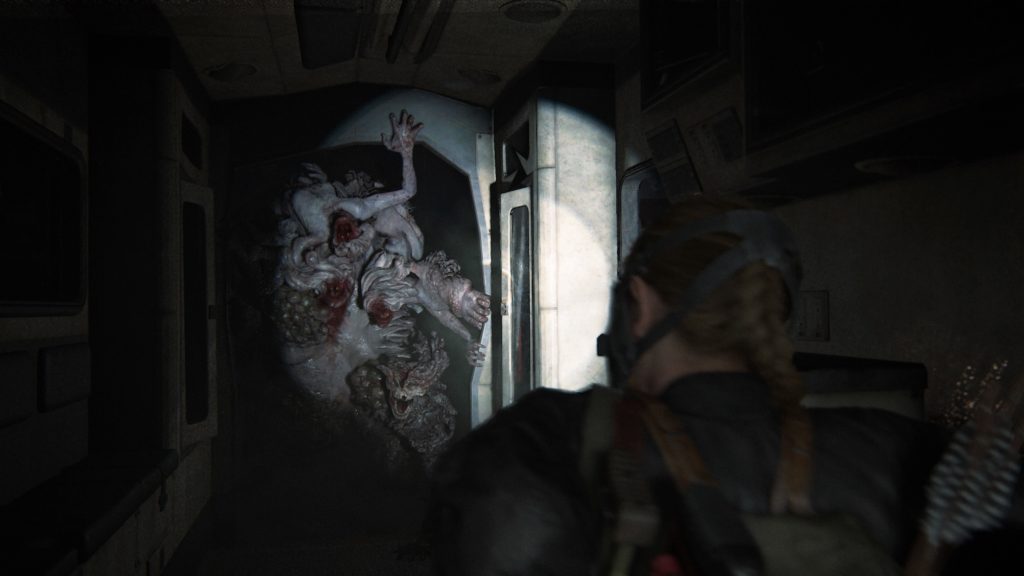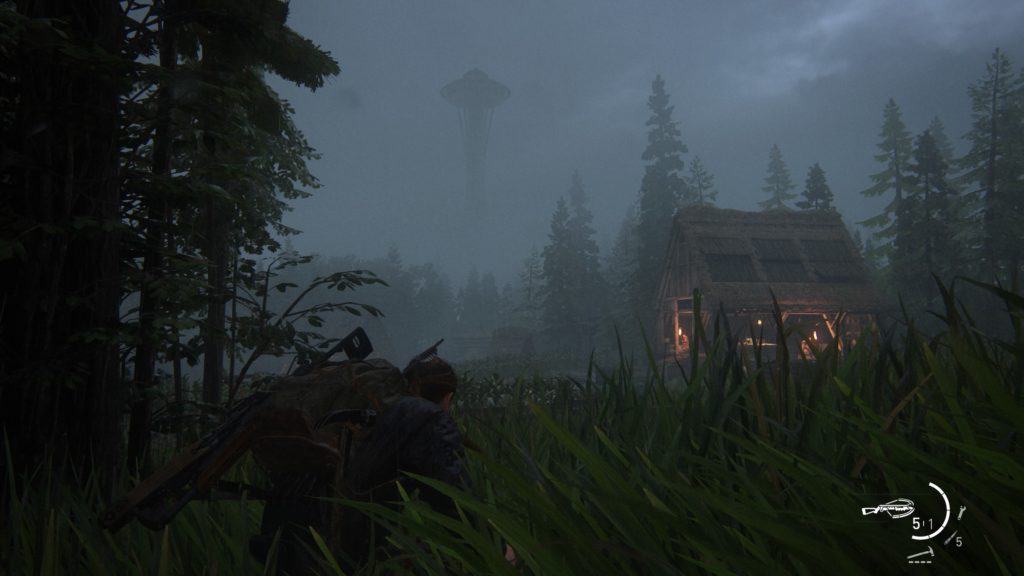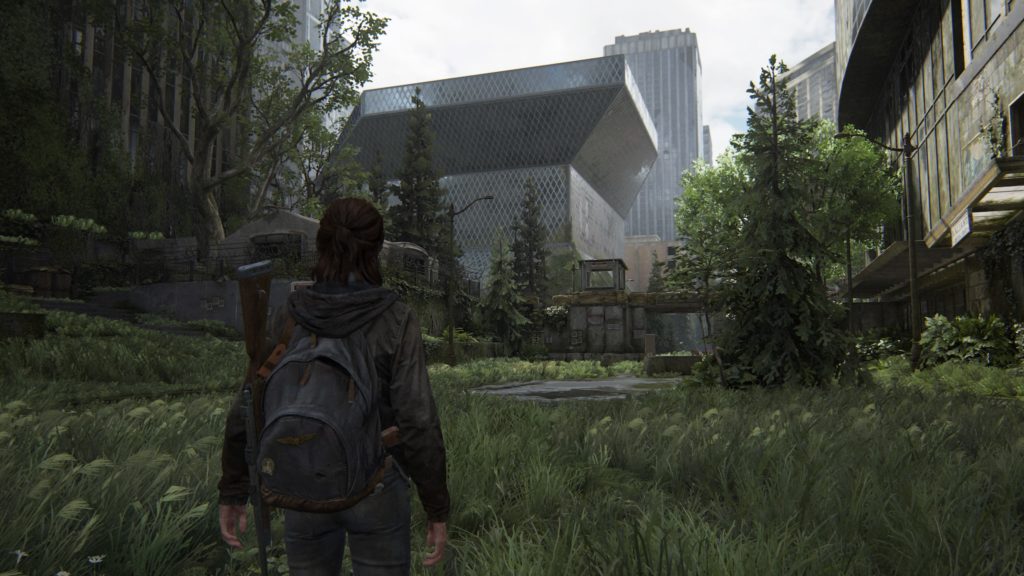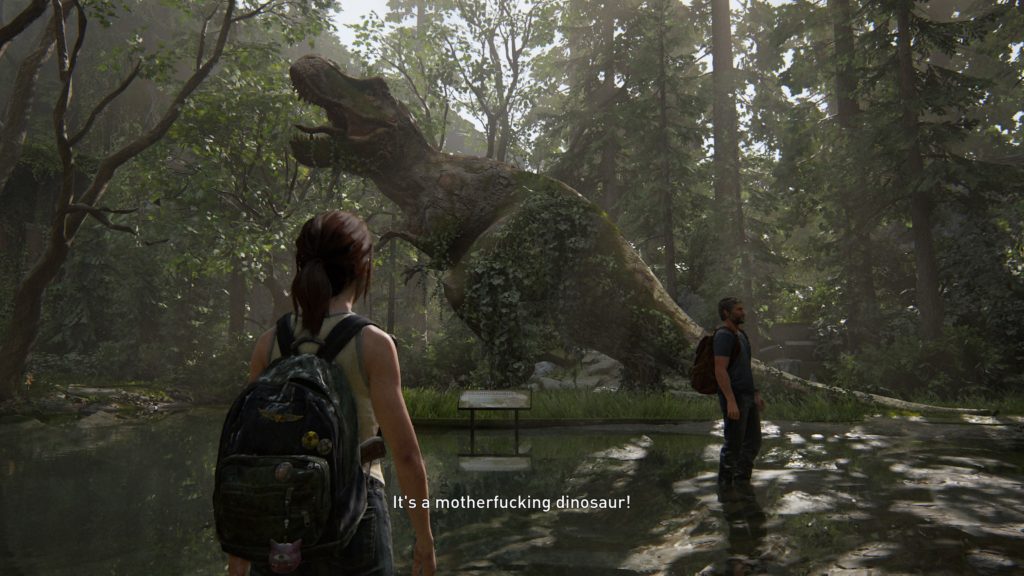- Genre: Adventure
- Platform: PS5
- Also Available On: PC, Mac, PS4
I know this is kind of a weird first game to play on the PS5, but it was the perfect storm. I was in the middle of moving into a house, so games were getting delivered there. However, I was still working remote from my apartment, so I delivered the PS5 there to be safe. I wasn’t going to have the PS5 plugged in long term because it also had to move, but I needed something to test the system out, and this was free on PS+. I also knew that I was starting the dive into Yakuza: Like a Dragon, so I didn’t want to start something that was going to take long or require me to remember a ton of information.
That would all seem to indicate that this was a complete chance play through, and to some extent it was. I’ve been looking forward to playing this one for a while since I was a fan of Young Horses’ previous game – Octodad – and I have the physical release on preorder whenever it decides to come out. However, like that one, Bugsnax is not really a system seller, and it’s really not meant to be. Ultimately what it ended up doing was filling the same slot that the previous title did – be a mechanically quirky but interesting puzzle experience, have an absolutely absurd story, but end in a way that left me absolutely satisfied with the experience that was put in front of me.
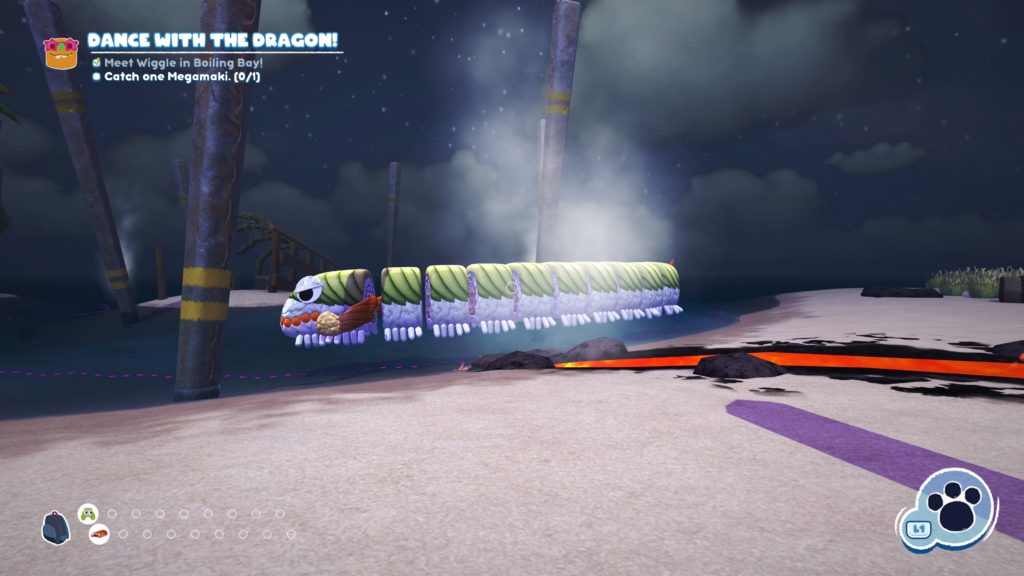
That pic feels like as good a place to start as any, as it really encompasses a lot of the absurd aspects of the game. Yes that’s a giant living maki roll. Yes it’s something that you have to suss out the mechanics of catching. Yes, it’s core to moving the story forward for one of the side quest chains in the game.
Bugsnax works the best when you’re solving puzzles in order to catch things, and the handful of boss battles really nail the feeling of that. The general individual creatures you catch act as a sort of training method to get through the harder stuff. You generally use one trick in order to catch them. Sometimes it’s using the right sauce to lure something out of hiding. Sometimes it’s using the launcher to toss a thing at them. Sometimes it’s using a trip line to stop something running around at full speed. However, the boss fights tie it all together.
In the case of the sushi roll, it’s the recognition that you need to scan its path to figure out where it’s going to be moving, then setting up your zipline to trip it, then when it breaks apart, running around to catch the pieces until you have them all. In another example, it’s using a trap type that a creature hates to lure it into a specific location where you can then use the hook shot stand-in to pull a rock down on its head. For a game with only a handful of specific tool types, they get a lot of mileage out of their inventive use and combinations possible to really push what you learn against smaller creatures into clever capture mechanics on the larger ones.
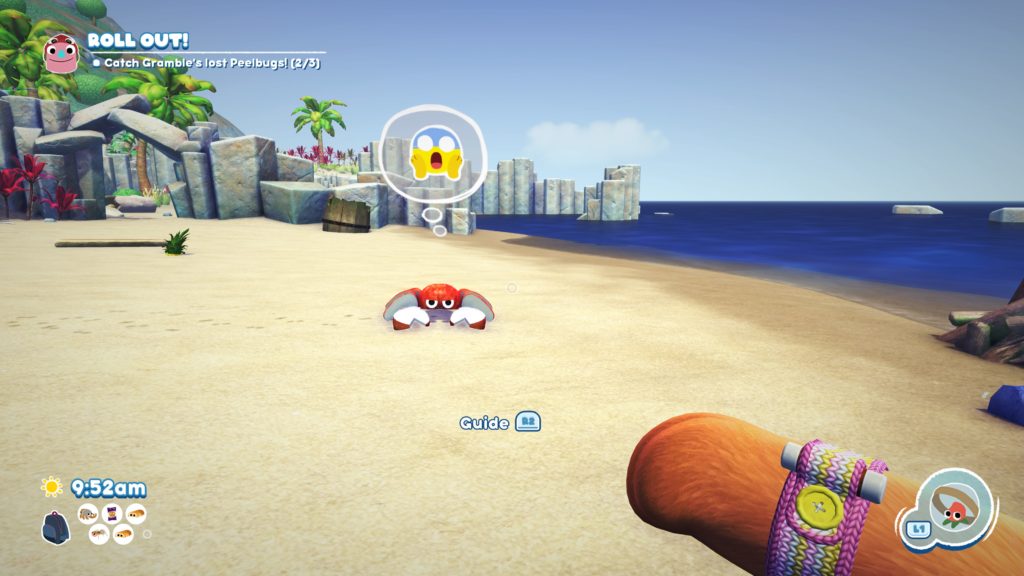
Of course, it helps that you want to capture everything. To some extent, you’re drawn in by the clever and very groanable naming and visual scheme of the creatures, such as the crab apple – named after the plant, but very obviously a crab made out of apples, or things like the mothza supreme – a giant flying supreme pizza. You’re also drawn in by the behaviors of the creatures themselves. They emote out of fear when you’re chasing them, out of happiness and anger when you send their favored sauces their way, out of shock when something gets the drop on them.
However, the PS5 version definitely gets some unique touches that are already starting to show the promise of the new controller. Catching a creature does little audio cues of the creatures yelling their names in a way very reminiscent of the Pokemon TV show. It’s something that’s been done in the past on consoles like the Wii, but the quality of audio coming out of the DualSense controller is a marked improvement. Different tools do different things with the modifiable triggers, with custom click points that make it act like the old double action Gamecube analog trigger. It’s also worth noting that the quality of haptic feedback available here is a marked improvement over the last generation’s implementation on the PS4 and Xbox One and being more in line with what we’ve seen done with Nintendo first party titles on the Switch, with feedback on things like creatures walking into the player trap having obviously distinct feedback, allowing you to catch creatures just based on feel while you hide out of sight. It was surprising to see how much these little feedback changes improved the experience, but it’s a level of polish that I’m now hoping to see happen more often throughout this generation.
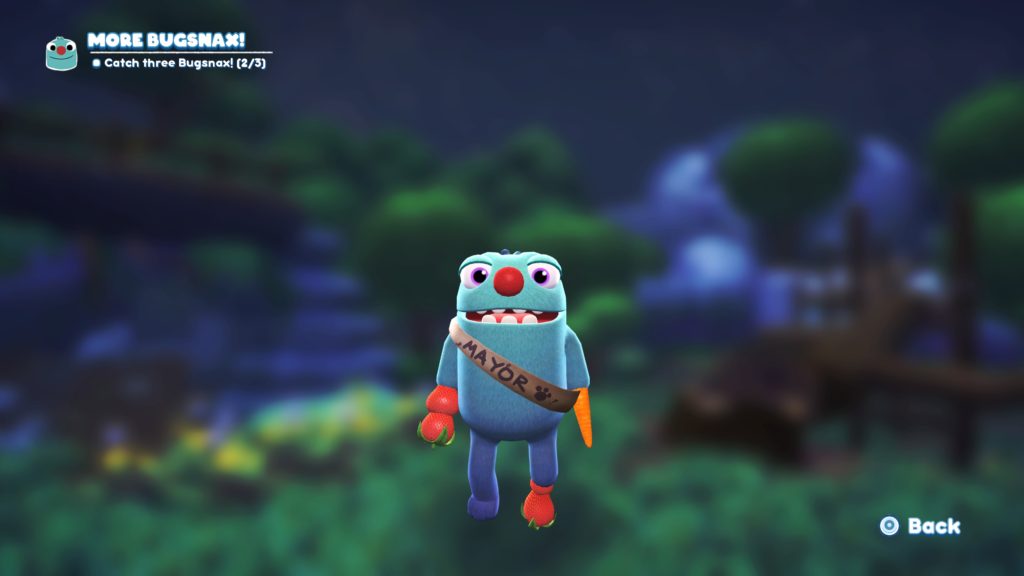
It definitely also helps that the NPCs and story play a nice balance between lighthearted and absurdist. From a non-spoilery perspective, the core of the story is that you’re a journalist documenting an expedition researching and cataloguing the Bugsnax, which when eaten change the character’s limbs into that snack. The expedition folks seem entirely unconcerned that they slowly turn into fruits and vegetables that you force feed to them, which is hilarious and absurd, and incredibly dark as you roll through the story. It lasts long enough to have its own set of twists and turns, but also doesn’t overstay its welcome. There’s also a nice balance of core story and side quest content, giving you an obvious golden path to go through, but plenty of options to venture out and learn more about the townsfolk if you want to, all while catching more new things to turn them into.
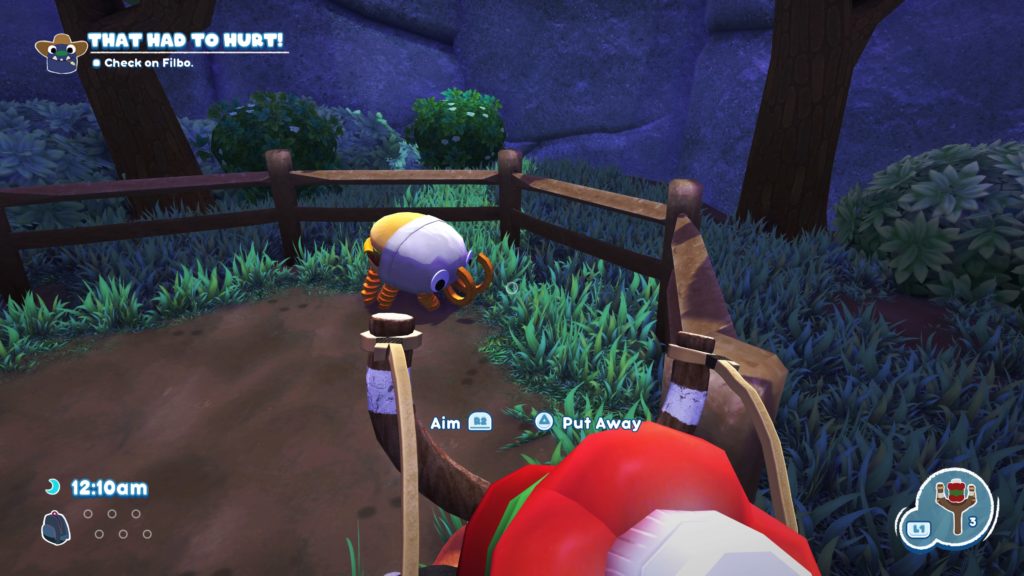
So is it a next-gen showcase? Nah. Do I think it’s better on PS5 because of the controller? Yes. Do I think it’s worth playing? Depends. This one falls into a niche where I would easily recommend it to fans of games like Pokemon Snap or Slime Rancher. It’s distinctly an adventure/puzzle game, and it’s casual enough to get through but offers some nice range of easy to difficult content that fits into a lot of skill ranges. It was also the PS+ title for November for the PS5 launch, which right away puts it into the “why not” range. If nothing else it did exactly what I needed out of it – it entertained the hell out of me while giving me a way to test my PS5 and gets me started for the next generation.


